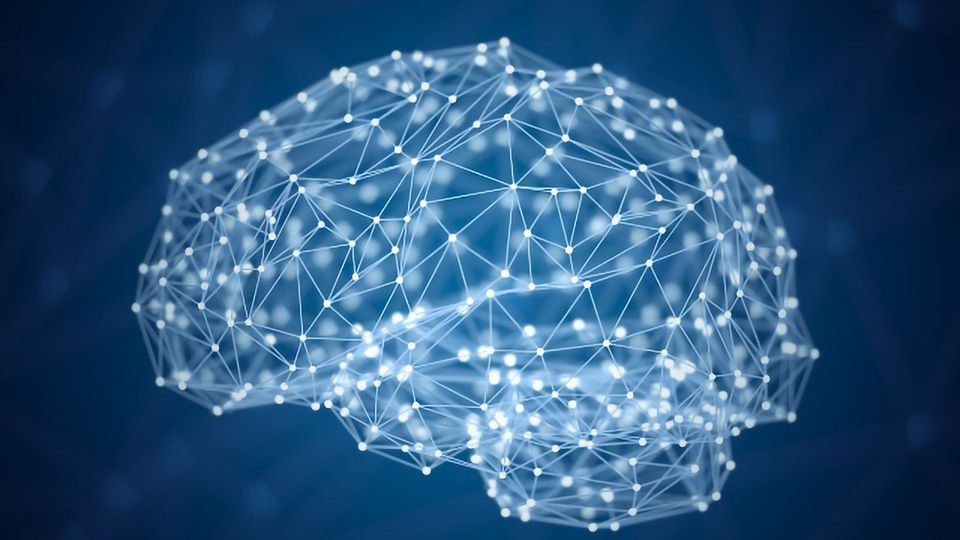Labeling Technique Allows Researchers To TRACE the Brain

Complete the form below to unlock access to ALL audio articles.
A major interest in brain research is understanding behavioral experiences at the synaptic and circuit level. However, gaining insight into the neural circuits that underlie a specific behavioral experience is a challenge. The perplexity lies in defining which of the large number of neuronal inputs a specific region of the brain receives, expresses a defined behavior, and yet there are no direct methods available to overcome this challenge. Today, a common mapping approach in neuroscience is to use retrograde tracing viruses and identify all neuronal inputs in a population of neurons in a specific region of the brain. But neuroscientists are still left to rely on their experience, knowledge and previous findings to exactify specific inputs that underlie a defined behavior.
A collaborative study led by circuitry experts at the department of Molecular Biology and Genetics, department of Biomedicine and center of Proteins in Memory unravel a new approach or so to say, an unbiased and accurate strategy, that selectively tags arriving inputs that are activated by a defined stimulus and projected to a particular brain region. The researchers’ new approach (TRACE) uses an approach where a retrograde virus is combined with a Cre-recombinase that is under the control of an activity dependent promoter to express a fluorescent marker in input neurons.
Using mouse models, the Nabavi and Capogna group have demonstrated the input specificity of their novel approach on four different brain circuits receiving defined sensory inputs. Researchers performed behavioral testing using optogenetic stimulation, odor driven innate fear detection and shock-induced circuit experiments. They also performed imaging of brain slices to investigate specific neural activity.
Their findings show that TRACE can identify active sensory neural inputs that underlie a defined behavior. This new labelling system is an additional tool in the toolbox to gain access to neurons in the brain that are activated by a particular stimulation or experience.
Reference
Krauth et al. (2020). TRACE: An Unbiased Method to Permanently Tag Transiently Activated Inputs. Frontiers in Cellular Neuroscience. DOI: https://doi.org/10.3389/fncel.2020.00114
This article has been republished from the following materials. Note: material may have been edited for length and content. For further information, please contact the cited source.

